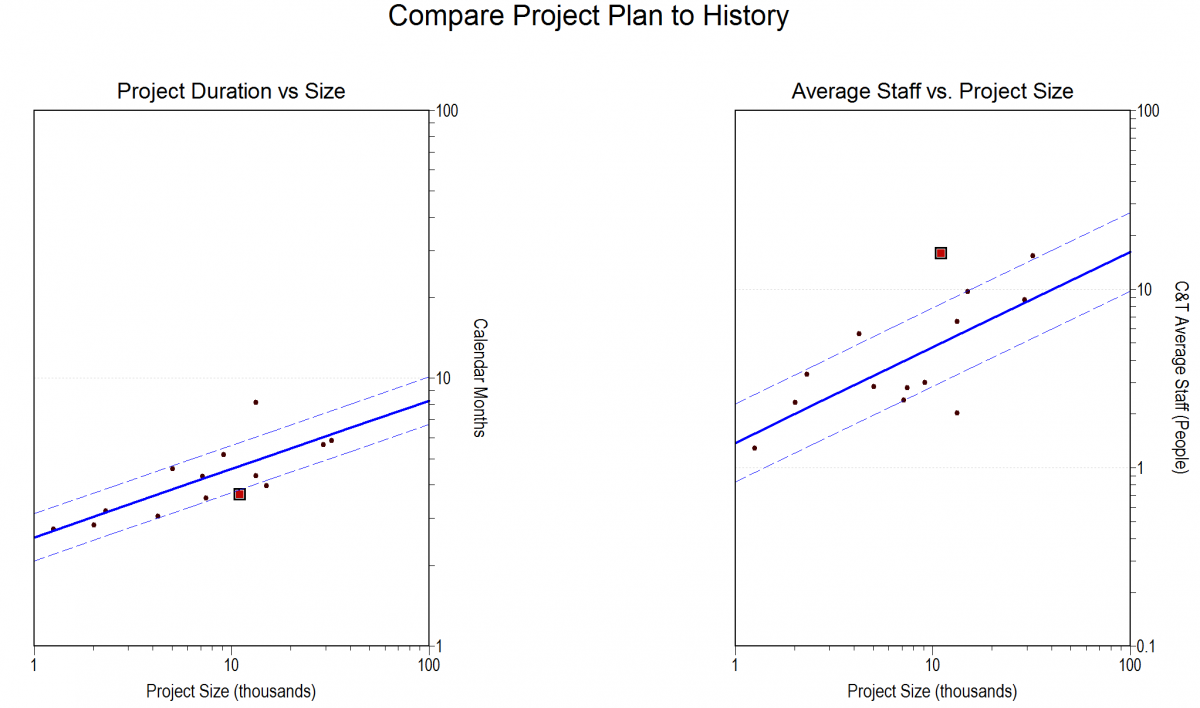New Article - Five Traps that Lead to Project Failure (and How to Avoid Them)

No one starts a software project thinking that it is doomed to fail, but many projects end up falling far short of expectations. A recent PMI report shows that a significant number of companies are still underperforming expectations - failing to deliver software that functions as intended and drives positive business results. PMI’s report breaks out project development teams into two distinct camps: “overachievers” and “underachievers,” where the former are delivering projects on time and on budget, while the later is not. In this article for Project Manager Today, Larry Putnam, Jr. identifies five traps that the "overachieving" organizations are successfully avoiding, and better strategies that can be used in their place.







